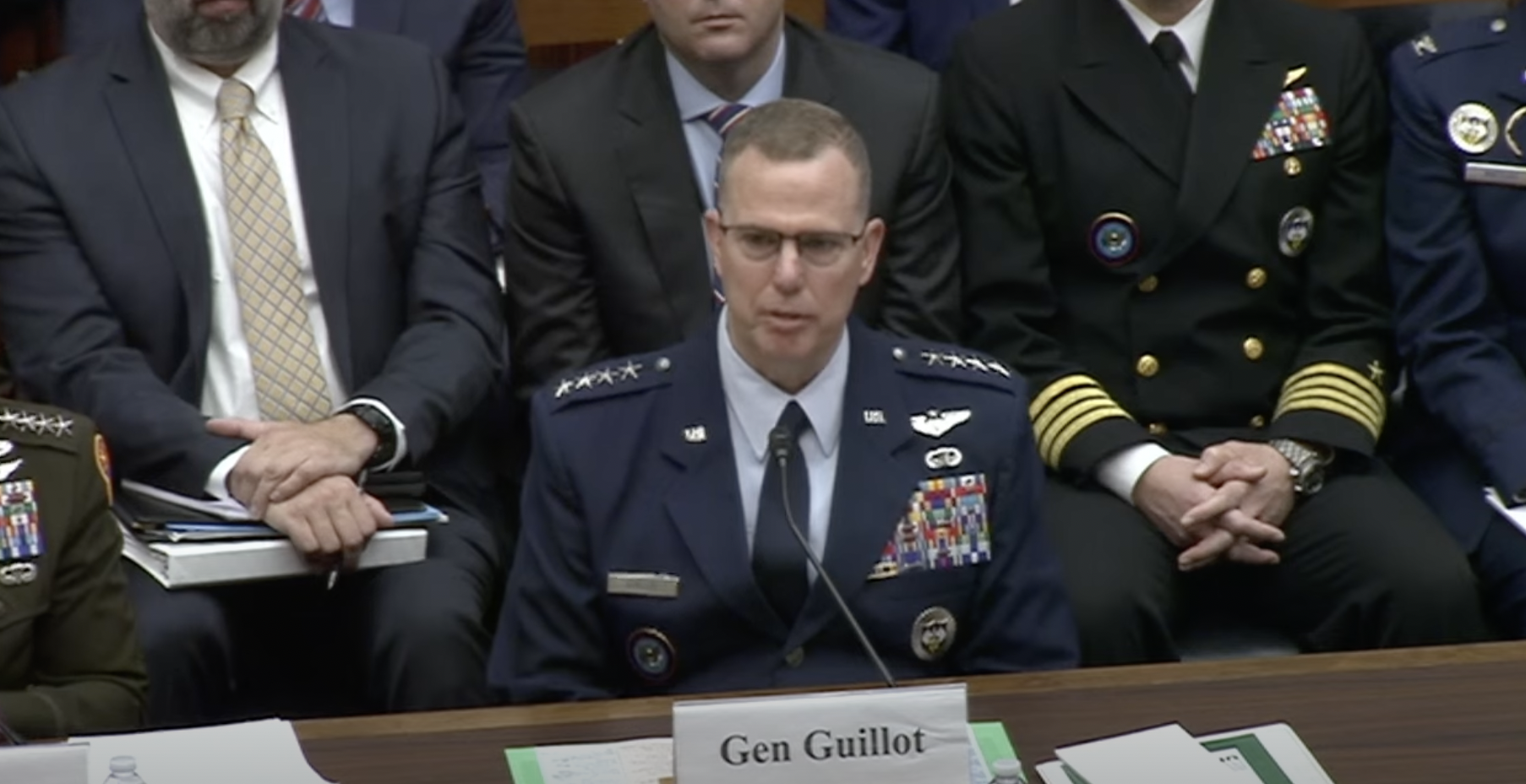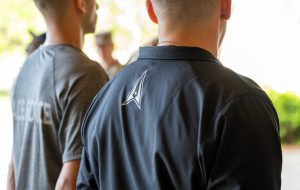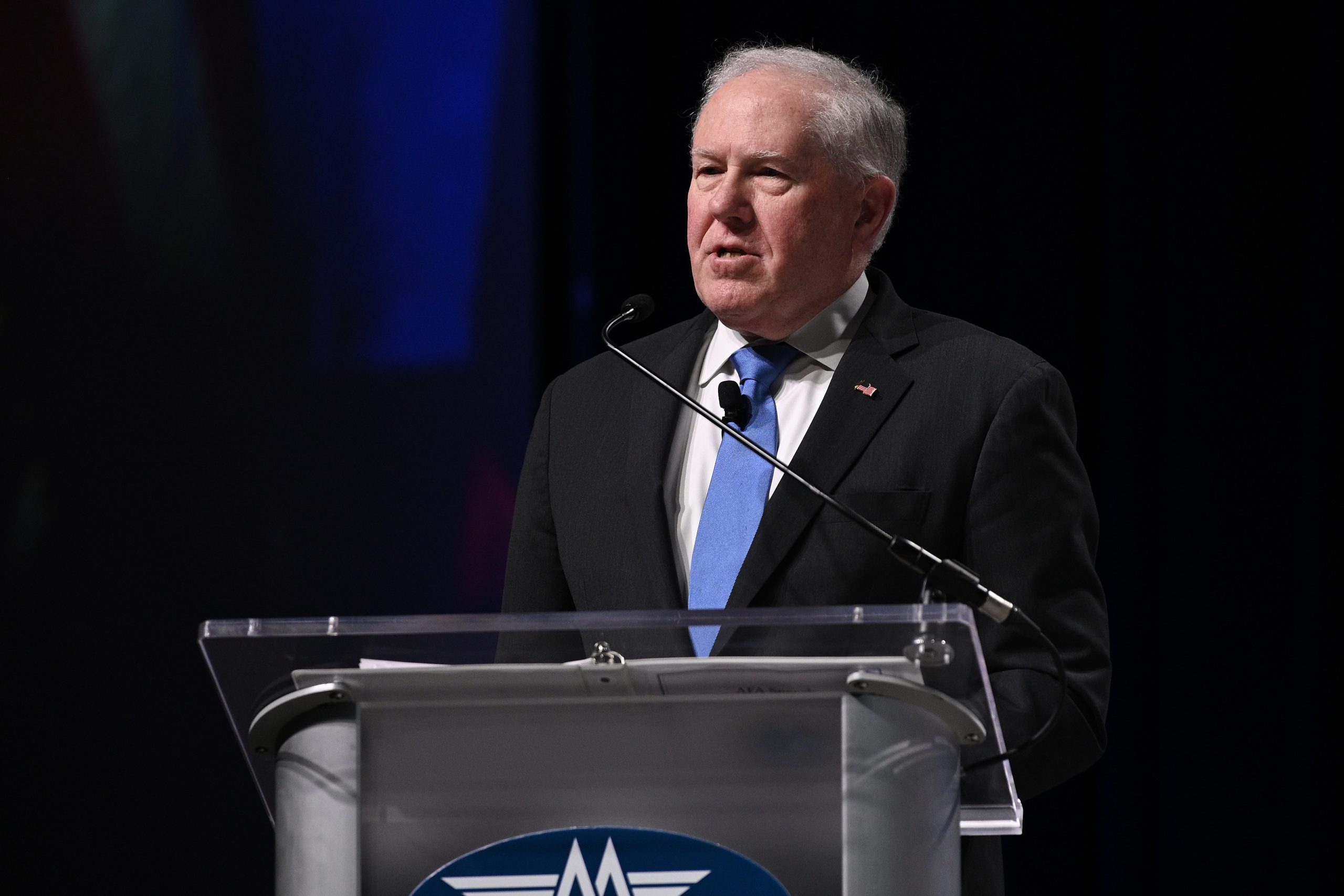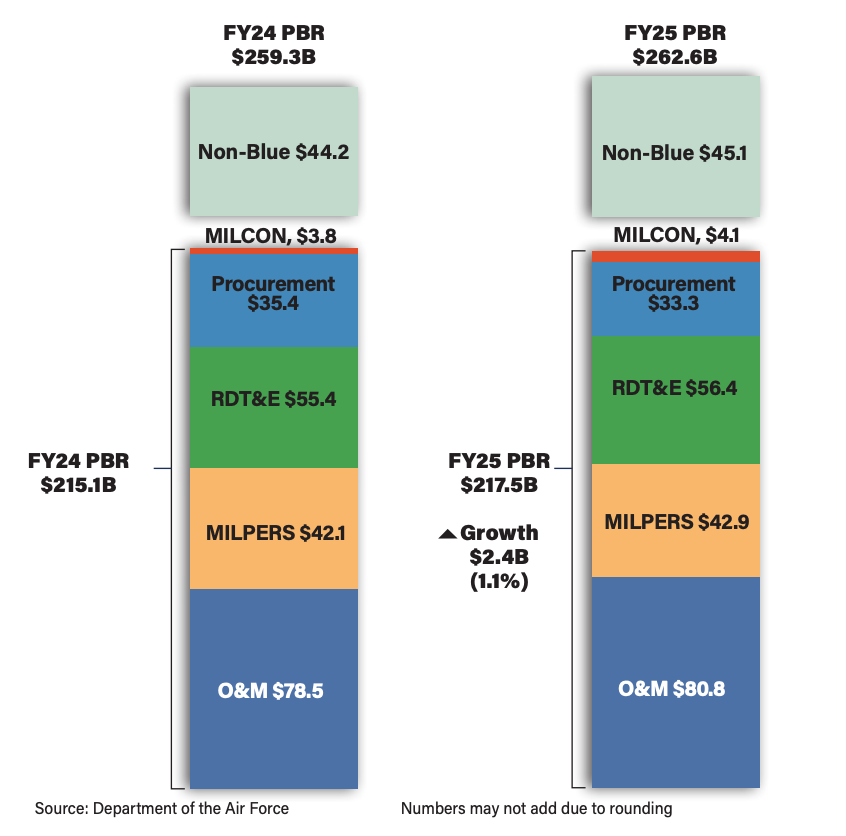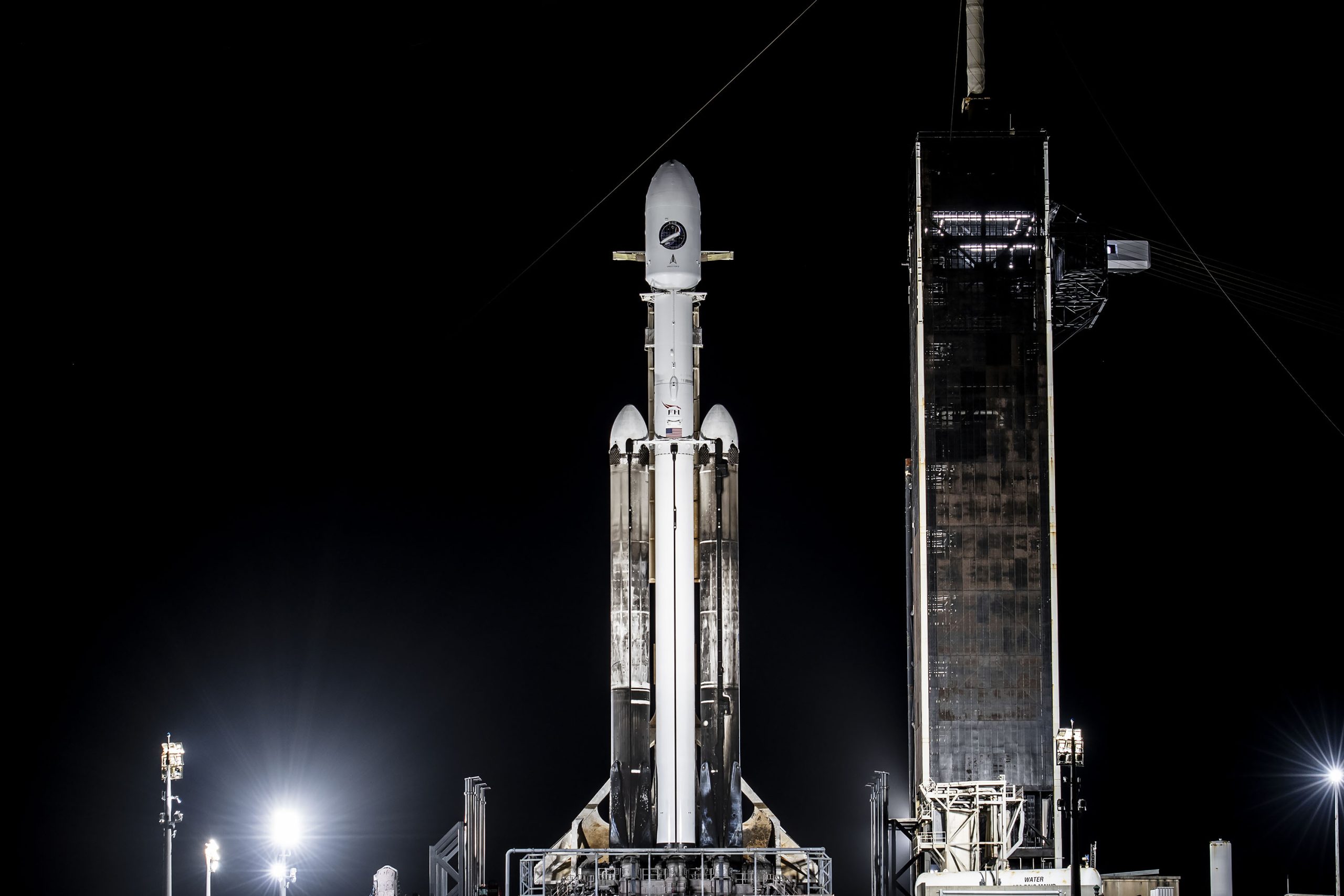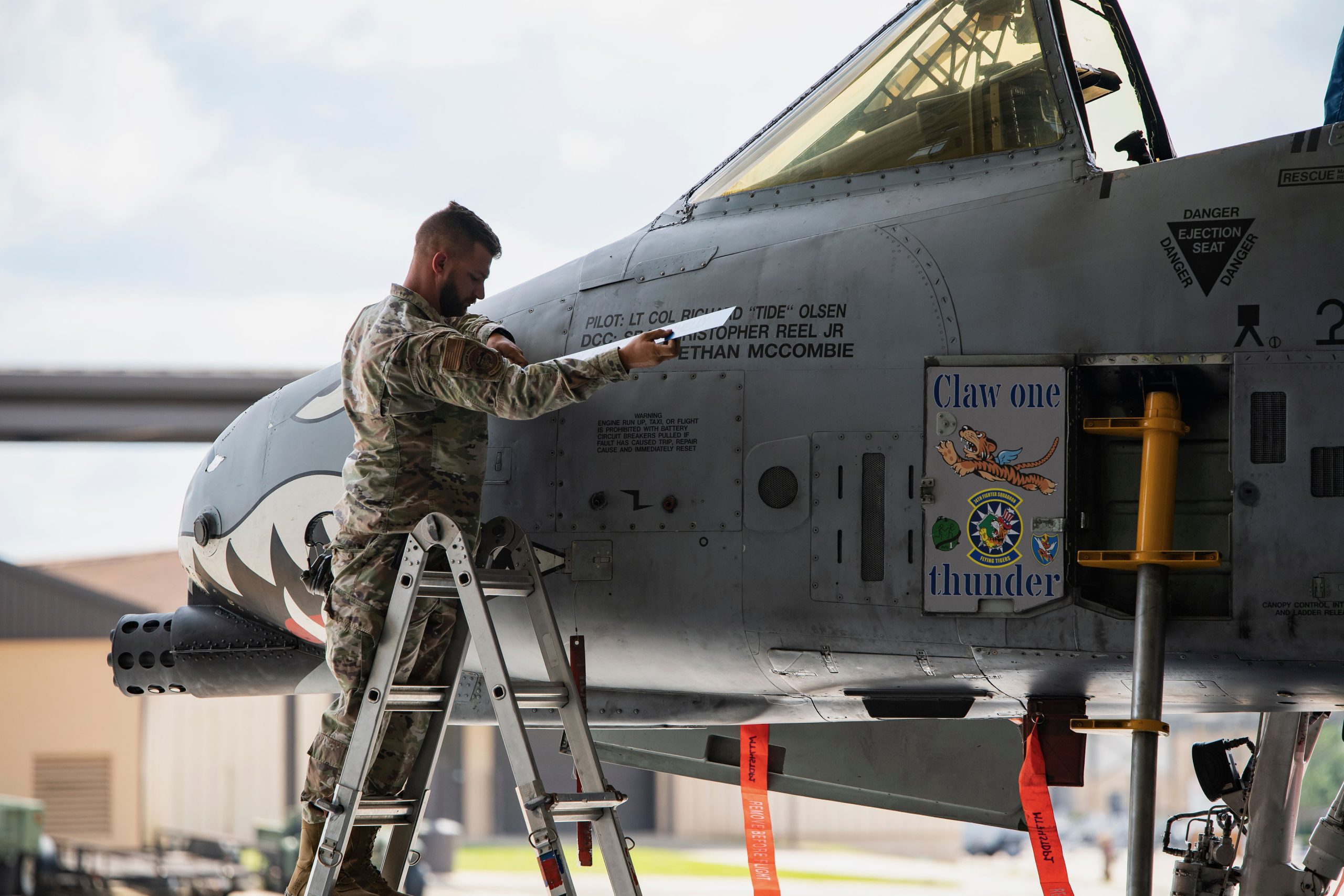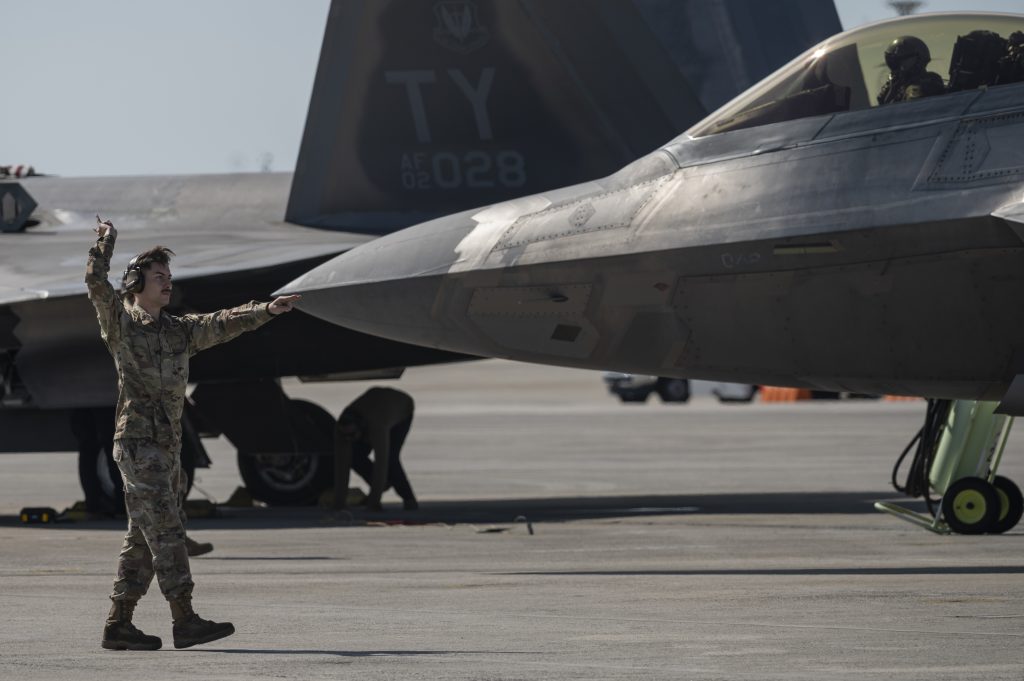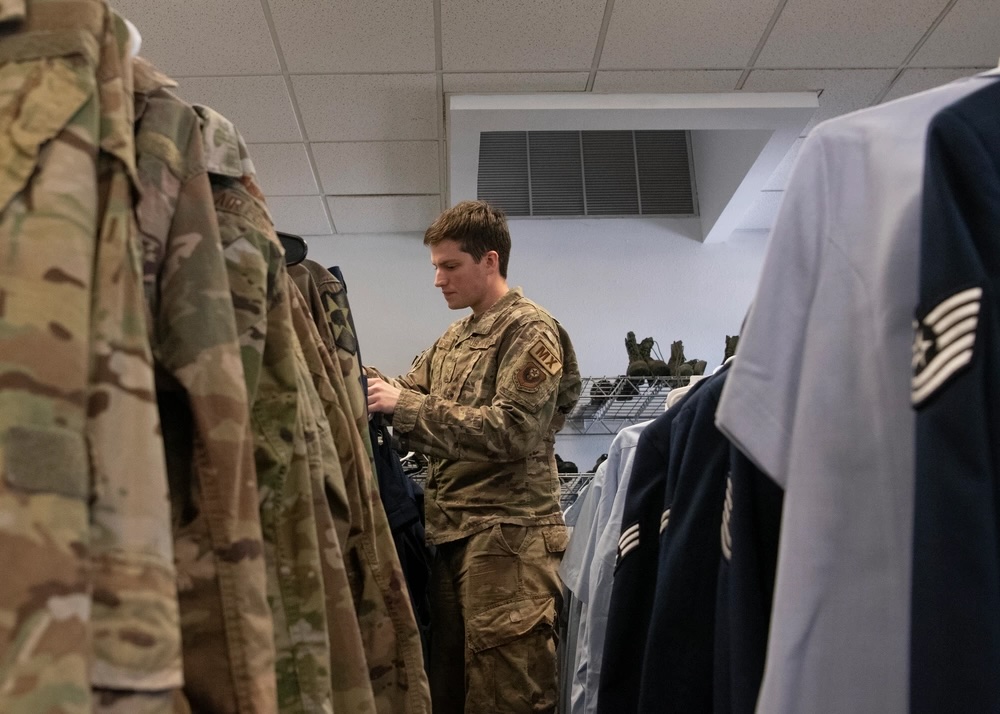Air Force Gen. Gregory M. Guillot, the new head of the North American Aerospace Defense Command and U.S. Northern Command, warned lawmakers March 12 that Chinese warplanes could begin operating near the U.S. Air Defense Identification Zone (ADIZ) as soon as this year.
“Fortunately, we haven’t seen Chinese aircraft operate near our air defense identification zones yet, but I think that that’s coming as early as this year,” Guillot told the House Armed Services Committee in his first congressional testimony since swearing in as NORAD and NORTHCOM commander in February. “That shows an overall concern I have about the growing capability of China not only with aircraft, but also with ships and even submarines being able to range further from China and closer to our shores.”
Air Defense Identification Zones are buffer regions that extend beyond territorial boundaries, covering airspace hundreds of miles from the coastline that nations use to track approaching aircraft. NORAD tracks aircraft using a network of satellites, ground-based and airborne radars, and fighter aircraft, and all aircraft entering or exiting U.S. airspace from abroad must be identified beforehand.
Russian fighters and bombers enter the U.S. ADIZ on a regular basis without entering U.S. or Canadian airspace. Occasionally, NORAD will scramble fighters to intercept those aircraft and escort them out of the ADIZ. In February, NORAD reported three instances of Russian aircraft operating in the Alaskan ADIZ.
Chinese aircraft entering the U.S. ADIZ, however, would mark an expansion of the People’s Liberation Army’s reach. In recent years, the PLA has entered the ADIZ around the island of Taiwan hundreds of times, sometimes sending dozens of planes in one day, in moves that observers warn could be probing Taiwanese defenses or lulling them into a sense of complacency.
U.S. and Chinese aircraft have dealt with each other in the Indo-Pacific—the Pentagon revealed in 2023 that Chinese aircraft conducted over 180 risky intercepts of U.S. planes in the past two years, surpassing the total incidents from the previous decade, heightening concerns about China’s unpredictable and increasingly provocative behavior.
At the same time, Chinese surveillance balloons have entered U.S. airspace five times in recent years, with the Pentagon missing several at the time they occurred before one traversed the entire continental U.S. in January 2023, eventually being shot down after a few days.
Guillot told lawmakers that NORAD has taken steps to better identifying objects like spy balloons that may have gone unnoticed in the past, closing the “domain awareness gap” highlighted by his predecessor, Gen. Glen D. VanHerck.
“First and foremost, my predecessor … directed the radar sensitivities to be adjusted, which would allow better detection of low radar cross section slow moving and high altitude objects,” Guillot said, adding that the system however introduces some clutter due to receiving more data.
“Second, when our operators see intermittent hits that in the past would be passed off to most usually weather or other phenomena that would cause an inconsistent hit, they’re now continuing to track those more carefully and more consistently to ensure that it is not a balloon or some other phenomena,” Guillot said.
“And third is better Domain Awareness between the other combatant commands. As we get JADC2 … the ability to share data from one combatant command to another, instead of stopping at a black line on a map that divides the regions, now we can seamlessly share that information electronically to increase our awareness further away from our shores.”
Still, Guillot said NORAD and NORTHCOM’s surveillance systems need further investment, calling over-the-horizon radar (OTHR) and the Long-Range Discrimination Radar (LRDR) his “top priorities.”
The Missile Defense Agency said in January a LRDR missile defense system in Alaska is mostly complete and will begin operations late this year. Both the U.S. and Canadian militaries have invested in OTHR, with the U.S. Air Force planning to build four OTHRs for NORAD and NORTHCOM. Guillot added that Alaska will have one OTHR. As the process is still in its early stages, he stressed that keeping the program on track is pivotal.
“That would give us capability against cruise missiles, traditional air tracks, as well as the hypersonics,” Guillot said. “Keeping that program on track is the number one priority of from NORTHCOM, because of that great capability that it would bring.”
Guillot added that hypersonic weapons pose a greater threat than Intercontinental Ballistic Missiles (ICBMs) due to their ability to fly at lower altitudes and their maneuverability.
“Hypersonics are probably the most destabilizing weapon that we face now,” Guillot said. “They shorten detection time and the fact that they don’t follow a traditional ballistic track means they’re very unpredictable and the area of uncertainty is huge, based on their speed and their maneuverability. That’s what makes them such a challenge to not only detect, but to track and eventually defeat.”
